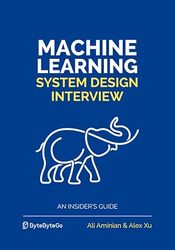Rating: 6.4/10. Book about preparing for machine learning interviews, covers ~10 different problems and goes through the typical machine learning system design interview process: model architecture, data collection, training, evaluation metrics, and deployment. This book has several major weaknesses: the most obvious is the overwhelming focus on search and recommendation systems, which means most of…
Category: Data Science / ML
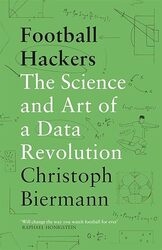
Football Hackers: The Science and Art of a Data Revolution by Christoph Biermann
Rating: 7.7/10. Book exploring the efforts of data scientists to analyze top-level football, primarily focusing on European teams, and how they use data and statistics to gain small advantages for their teams. One of the difficulties in analyzing football with data is that many ratings are subjective, determined by a sport commentator’s or journalist’s opinion…
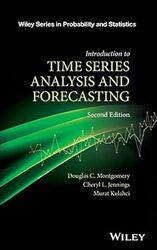
Introduction to Time Series Analysis and Forecasting by Montgomery, Jennings, Kulahci
Rating: 8.2/10. Textbook on classical statistical methods for working with time series, mainly focusing on autoregressive, moving average, exponential smoothing, and regression-based models. This book is overall fairly easy to read while being mathematically rigorous and provides examples of working with time series in various statistical packages like JMP, SAS, and R. The examples are…
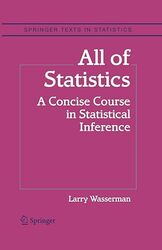
All of Statistics by Larry Wasserman
Rating: 8.3/10. All of Statistics: A Concise Course in Statistical Inference by Larry Wasserman This textbook is as an introduction to statistics for those who have a solid foundation in mathematics but lack knowledge of statistics. It covers a wide range of topics quite rapidly within 400 pages, resulting in a rather brief treatment of…
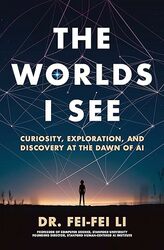
The Worlds I See by Fei-Fei Li
Rating: 7.6/10. The Worlds I See: Curiosity, Exploration, and Discovery at the Dawn of AI by Fei-Fei Li A fairly easy-to-read memoir by Fei-Fei Li, a computer vision researcher most well-known for her work on ImageNet. The first half of the book discusses her childhood, focusing on her experiences as an immigrant to America, while…
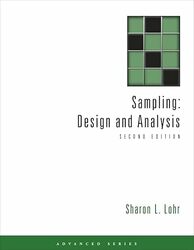
Sampling: Design and Analysis by Sharon L. Lohr
Rating: 8.3/10. This is my notes from the second edition of the textbook from 2009. It provides a solid foundation of sampling, survey design, and statistical methods for analyzing errors and variance. Some weak points include the fact that all code examples are in SAS instead of R, which is more popular for statistical computing….
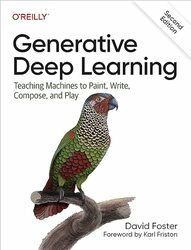
Generative Deep Learning by David Foster
Rating: 8.3/10. Generative Deep Learning: Teaching Machines to Paint, Write, Compose, and Play by David Foster Book covering the fundamentals of all the major generative AI models, focusing on image generation such as VAE, GAN, diffusion models, etc. It presents relatively little math and uses Keras code to demonstrate how to train and run each…
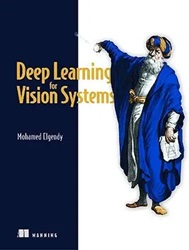
Deep Learning for Vision Systems by Mohamed Elgendy
Rating: 8.0/10. An introductory textbook on computer vision using deep learning, assuming no prior knowledge of deep learning; thus, the first half of the book covers the basic concepts of neural network architecture and training setups. The second half is more advanced, focusing specifically on computer vision, and covers topics such as vision CNN architectures,…
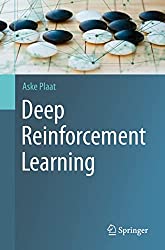
Deep Reinforcement Learning by Aske Plaat
Rating: 9.0/10. Overall, great textbook about reinforcement learning using deep neural networks, I liked it because it places roughly equal emphasis on theory and code, there are some equations, but the author explains everything more through intuition rather than formal mathematics, making it easy to understand quickly compared to other textbooks. Many of the algorithms…
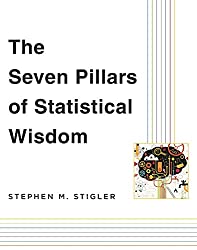
The Seven Pillars of Statistical Wisdom by Stephen M. Stigler
Rating: 7.7/10. Book about the history of statistics, grouped into seven “pillars” – key ideas that unify modern statistics as a discipline. Each of the seven chapters has catchy titles: Aggregation, Information, Likelihood, Intercomparison, Regression, Design, and Residual. Many key ideas seems obvious in retrospect, but it took a surprisingly long time before anyone thought…
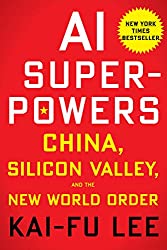
AI Superpowers by Kai-Fu Lee
Rating: 7.9/10. Book Review: AI Superpowers: China, Silicon Valley, and the New World Order by Kai-Fu Lee Book by Taiwanese CEO and venture capitalist working in China, talking about the differences in AI in China and the US, as well as the future of AI in society. Lee starts the book with the AlphaGo matches,…
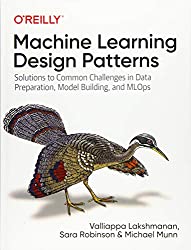
Machine Learning Design Patterns by Lakshmanan, Robinson, and Munn
Rating: 7.9/10. Book about design patterns specific to machine learning training and productionization. Design patterns are useful since they’re tried-and-tested solutions to reoccurring problems. Even though I’ve used ML in my work for several years, some of these patterns are still new to me. The book is aimed at ML practitioners in the industry and…
